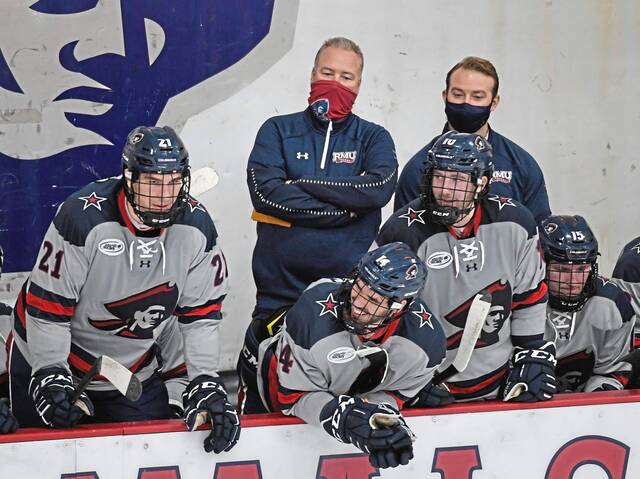Colleges have a history of cutting programs when financial troubles arise
It should have come as no surprise when college athletic departments nationwide began instituting program cuts amid the covid-19 pandemic.
It’s happened before.
“When we see schools cutting teams in greater numbers, it’s almost always, if not always, due to economic downturns,” said Victoria Jackson, a sports historian and clinical assistant professor at Arizona State . “So the Great Recession (from 2007-09) was another period when hundreds of teams were cut.”
Colleges began dismissing athletic staff, reducing hours for pools and practice courts and increasing fees for equipment and facilities throughout the Great Recession, the New York Times reported in 2009. Some eliminated trips that required air travel and did away with putting teams in hotels the night before home games.
Universities also cut scholarships and told teams to find different funding avenues.
Between fiscal years 2007-08 and 2009-10, 101 Division I teams were cut, according to data from the NCAA. During the 2006-07 fiscal year, 66 teams were cut.
Locally, Duquesne was the only school to cut teams during that time. In 2010, the school dropped baseball, golf, men’s swimming and wrestling. Money saved was reallocated within the department, according to David Saba, Duquesne’s assistant athletic director.
Before those sports were discontinued, Duquesne won only two Atlantic 10 championships in 34 years: men’s basketball in 1977 and men’s cross country in 2005. After the cuts, the school won 11 conference titles in 11 seasons: women’s cross country, swimming, volleyball and soccer and four in football.
According to Phil Racicot, who held several administrative positions at Duquesne and served as the interim athletic director in 2015, the decision to drop the programs was based on several factors, including gender equity and Title IX, competitiveness of programs in the Atlantic 10, facility limitations and financial constraints.
“This was not the result of a response to a specific situation or mandate but a lengthy deliberation on how to strategically improve a core of programs in the environment at the time,” said Racicot, who now serves as athletic director at Keene State in New Hampshire.
Following the recession, teams nationwide still were being dropped but at seemingly slower rates. Between 2010 and 2018, the rate at which Division I teams were cut varied, NCAA data shows. During the 2010-11 fiscal year, the number of teams dropped peaked at 38, and during the 2015-16 fiscal year the rate got as low as 15 teams dropped.
Given the history of universities dropping sports, Jackson said, it is not surprising to see the decisions made during the pandemic.
However, she noted the pandemic likely highlighted issues within intercollegiate athletics.
“Cutting teams when you have budget shortfalls shows that serving the students in those sports is not the priority,” Jackson said.
“The fact that the (Pac-12) and the Big Ten only played football last fall shows you where their priorities lie.”
Remove the ads from your TribLIVE reading experience but still support the journalists who create the content with TribLIVE Ad-Free.


